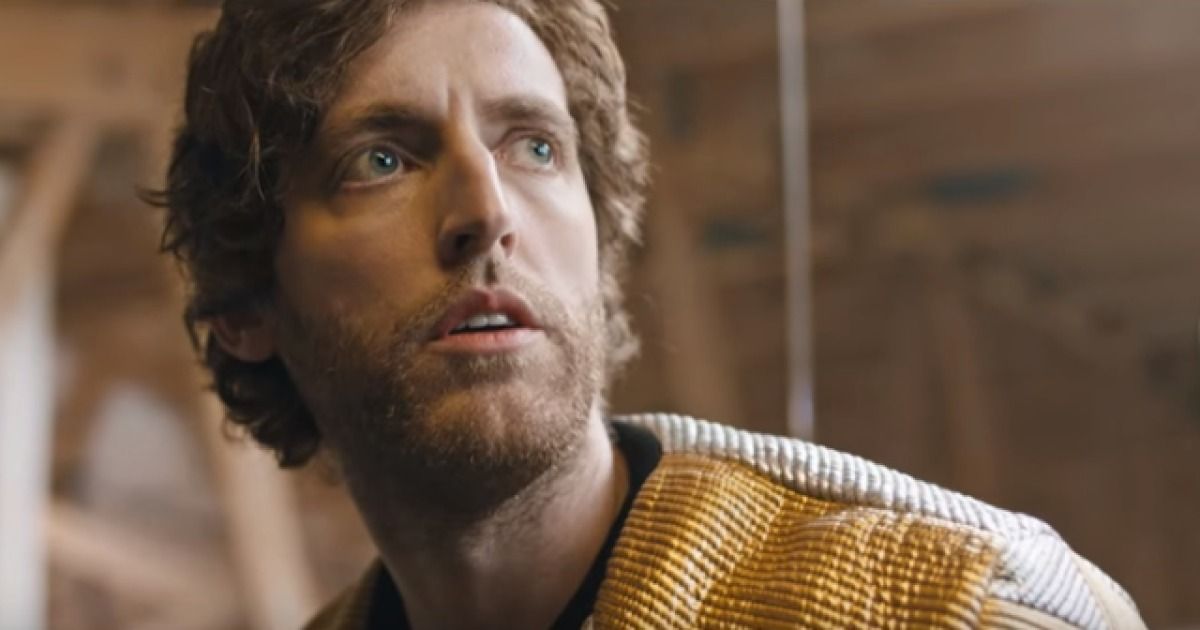Fascinating short film.
Check out this well done Sci-fi/Political thriller called “Lunar” set in Los Angeles City, 2057, as an outlaw is captured and sentenced to a lifetime of imprisonment on the LUNAR penitentiaries! To reunite with his family, he must become the first convict to escape the corrupt system and return to Earth.
Written & Directed by Tyson Wade Johnston.
Director of Photography: Will Mayer
Composer: Zach Lemmon
Sound Design: Brandon Jones
VFX: Rolf Mohr, Dean Fowler
Produced by: Tyson Wade Johnston
Executive Produced by: Christopher Hicks, Kim Johnston
Managed by: Scott Glassgold, I AM Entertainment
© tysonwadejohnston.co



